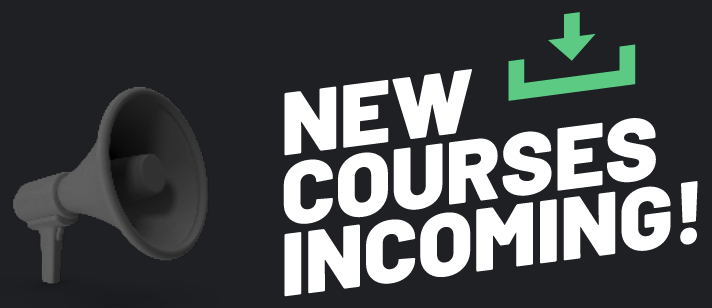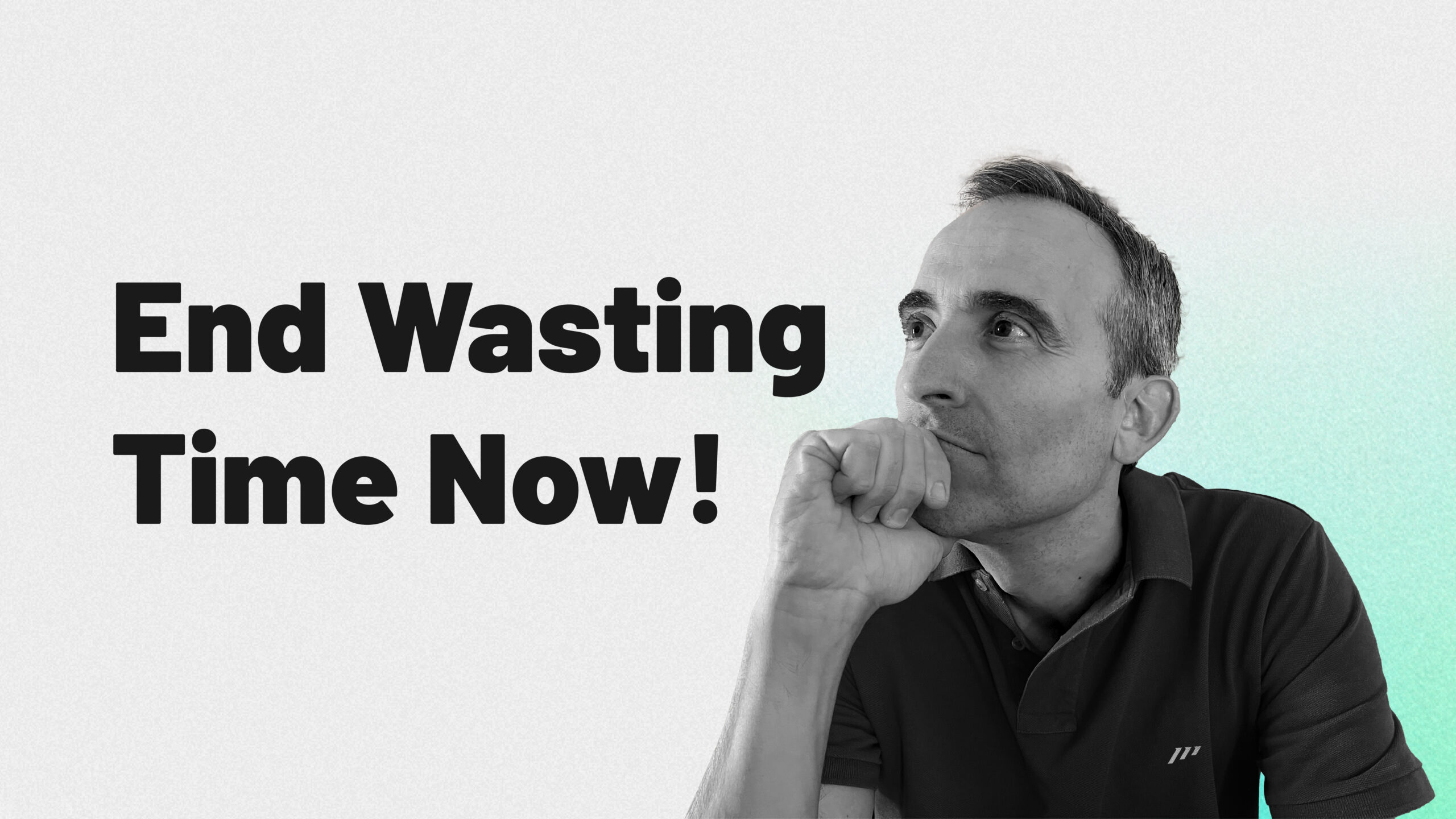There’s a huge bunch of members I talk to inside the Paperless Movement® Membership who are fed up.
They’re sick and tired of investing in things that waste their time.
I get it. It’s always the same thing:
- They have no idea what to do with the information they collect.
- They feel like they’re not using the correct apps or tools.
- And, worse still, they keep changing from one tool to another without any improvements.
If you (sometimes) feel that way, I’ll share a new approach you can use to tackle it all. One that you can start implementing right now.
After this, you’ll stop wasting your own time while you attempt to manage your information, tasks, and apps. And, you’ll stop having your time wasted by others.
Let’s dive in!
The Concept: Processes
I’ll go direct to the point.
Internalize this one word: processes, processes, processes.
This is the only concept you need to understand.
And you should start implementing it now, to stop your time from being wasted.
But:
- What does all this even mean?
- What should you understand to be a process?
- How can thinking in processes overcome your current, frankly exhausting, situation?
I’ll use an example to better explain the theory behind this abstract concept (processes).
Example: Managing Information
This is how you could manage your information.
Firstly, you start by understanding that everything is process related, especially how you manage my information.
To understand the process, seek to answer these 3 questions yourself:
- Where do I get the information from?
- If I’m interested in it, where do I leave it?
- And, what do I do with the information I’ve captured, later on?
You’ll notice, with this approach you’re not thinking about apps at all.
Your answers to these 3 questions will help you understand how this works.
Question #1: Where Do You Get the Information From?
So, to answer the first question, you need to think about what your sources of information are.
In your case, imagine the bulk of the information you wish to capture comes from 7 different places:
- Web Articles
- X
- Courses
- Emails
- Meetings
- Personal thoughts
- Phone calls
You could keep listing sources, but these 7 are enough for now.
Question #2: Where Do You Leave the Information You’re Interested In?
Once you know where your information comes from, you need to think about where you should leave it, to recall it later.
That’s question 2!
And that is what’s called a SSOT (Single Source Of Truth).
A SSOT is the final destination for your information.
A place where you’ll know you will have left the information you’ve captured.
Notice: You’re still not just thinking about apps!
A SSOT could be a notebook. That fancy Moleskine you love to write and draw in or EVEN a post-it placed on your screen. This is TOTALLY up to you!
But, a word of caution, this is not the time to be fooling yourself! You need to be honest with yourself here! Don’t lie to yourself and say you’ll use a notepad when you’ve never kept one before.
- It’s crucial that you place 100% trust in your actions. So, only choose a SSOT you KNOW you’ll use!
- If you think a SSOT is too risky, you should evaluate safer, more pragmatic, and practical options.
- Always remember you’ll be using this as part of your workflow. So, what you choose cannot break your state flow.
Wrapping up, don’t go and choose your work laptop when you know you use your iPad and Apple Pencil to capture information on the go.
In our case, many of us in the Paperless Movement® bet on inboxes to leave all our information. I do bet on them because they represent a clear destination I can quickly and easily process later on.
I know where to go because my inboxes are reduced to a minimum and perfectly defined inside my processes.
Depending on the type of information, I know which inbox I should put the information to later on recall it and process it.
Question #3: What Do You Do with the Information Later on?
Finally, question 3: what do you do with the information you’ve captured, later on?
Now that you are aware of your sources of information and where you left the information you’re interested in, you need to define a process to explain what you’ll do with that information.
Following the previous example, for each inbox, I know exactly what to do with each piece of information.
For example, when checking my email inbox, for each type of email, I’ve defined clear actions for each scenario:
- If I need additional information from someone else, I forward the email and snooze it to be reminded 4 hours later.
- If I need to do something, I leave the email in the inbox to be processed later on executing my inbox management process.
- If I just need to reply and that reply takes 2 minutes or less, I reply immediately and archive the email so that it disappears from the inbox.
- If I need to reply, but I want to think about that reply, I keep it in the inbox so that I know I need to do something with it whenever I do my email inbox management process.
The Global Approach and Pieces of Advice
Maybe you’re thinking this is kind of complex. It’s not.
Maybe you’re thinking you’d be wasting your time by doing this. You won’t.
It’s quite the opposite actually because you define your processes the way you think. Your processes should always work the way your brain works. That way, all your processes you’ve created manifest naturally, effortlessly, and without any friction at all.
That means it’ll save you loads of time. Plus, it’ll help you sidestep all those negative emotions such as frustration, stress, or anxiety.
You just need to dedicate time to define your processes:
- Start simple! Don’t go too deep, or you’ll burn out. Start with a simple process structure and definition.
- Keep polishing it day by day.
- Every time you see you’ve missed a point or a new situation appears, polish it up.
In less time than you may think, you’ll have a solid process definition and with it, you’ll have created a long-term strategy!
In my case, I still use processes that I defined and implemented decades ago. That’s saving time! Wouldn’t you say?
In no time you’ll have converted time into your ally instead of it being your enemy.
Takeaways
So, in a nutshell.
Processes mean workflows you follow on autopilot.
You shouldn’t have to think about the processes you create because they should come naturally to you. Do it the same way your brain operates!
Just knowing it and not having to think about it, saves you time:
- This is how you make friction disappear.
- This is how you manage information and tasks easily and quickly, making the best out of your time and performing at your highest level.
Remember this: - Think about processes before doing anything else.
- Dedicate time to defining them and, little by little, keep polishing them as you see nuances and subtleties emerge.




